Cotton is the most widely used natural fiber in the fashion, textile, and apparel industry.
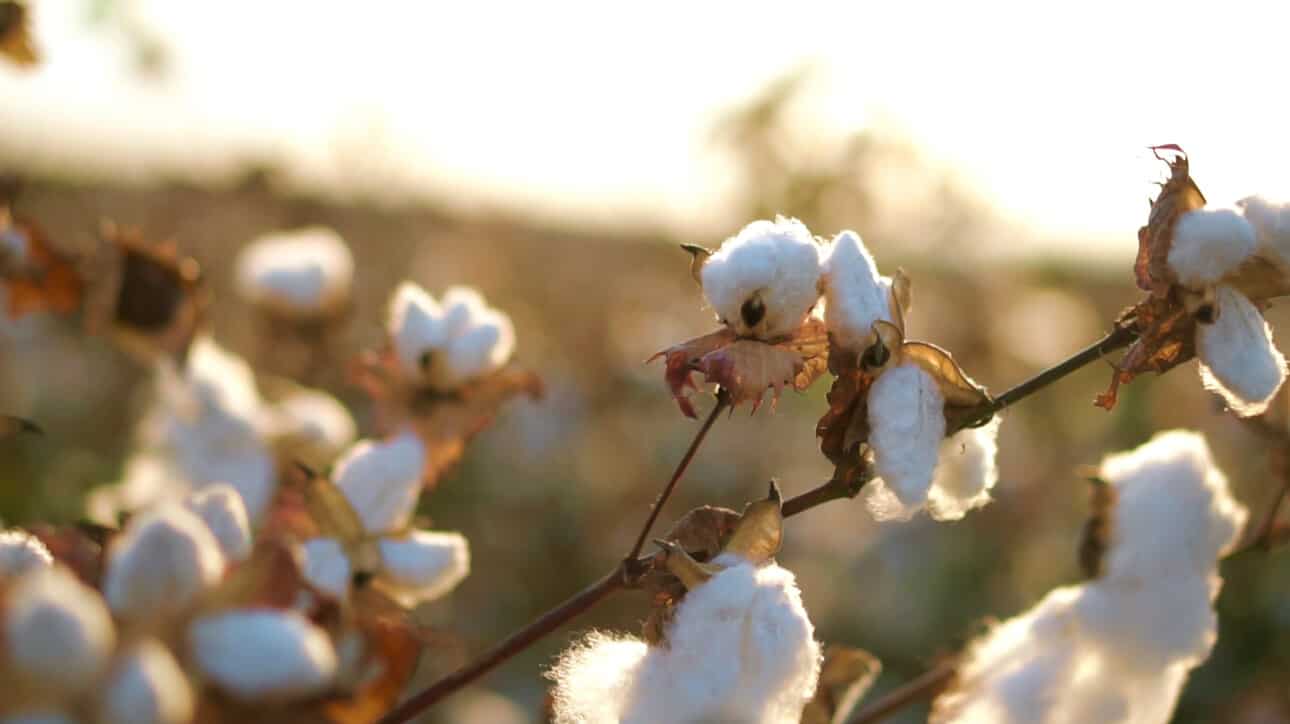
Challenges
When sourcing cotton, there are climate and nature impacts to consider.
Conventional cotton production can be chemically intensive. Pesticides used on it contaminate the soil as well as ground and surface water, and drift onto nearby crops. Synthetic fertilizers, which are widely used to increase production, result in water contamination and significant greenhouse gas emissions. Together, these inputs can have a detrimental impact on local communities and the surrounding ecosystem.
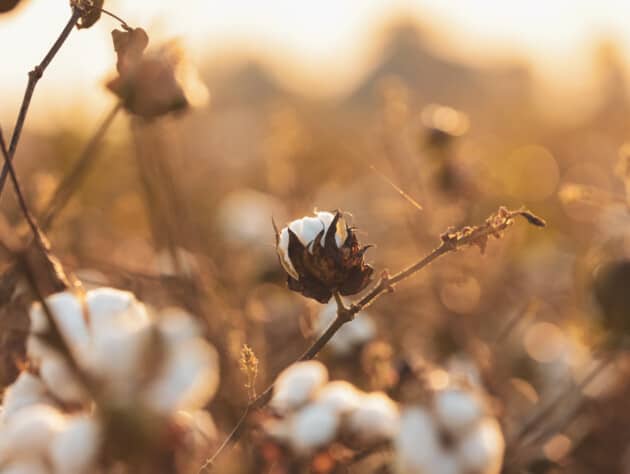
Solutions
We’re driving a transition to cotton production that delivers positive outcomes for the climate, biodiversity, soil health, and water, highlighting organic, regenerative, and recycled cotton as key pathways.
We’re supporting the fashion and textiles industry in switching to fibers produced using these approaches to create materials that offer improved environmental and social impacts compared to their conventional alternatives. Recognizing the diversity of regions, production systems, local regulations, and producer contexts, each of these pathways has a valuable role to play in delivering measurable, beneficial change. To ensure lasting impact, we advocate for direct, long-term relationships between those at the end of the supply chain and those at the beginning.
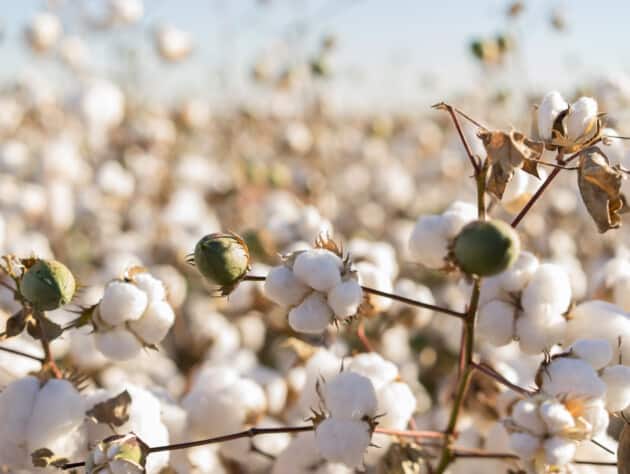
Take Action
Support farmers through your sourcing
Work directly with farmers and suppliers
Companies can deepen their commitment to more sustainable cotton sourcing by getting to know their farmers and understanding their needs. They can also partner with other key stakeholders in the value chain to expand the availability of more sustainable cotton, changing how this popular crop is grown worldwide.
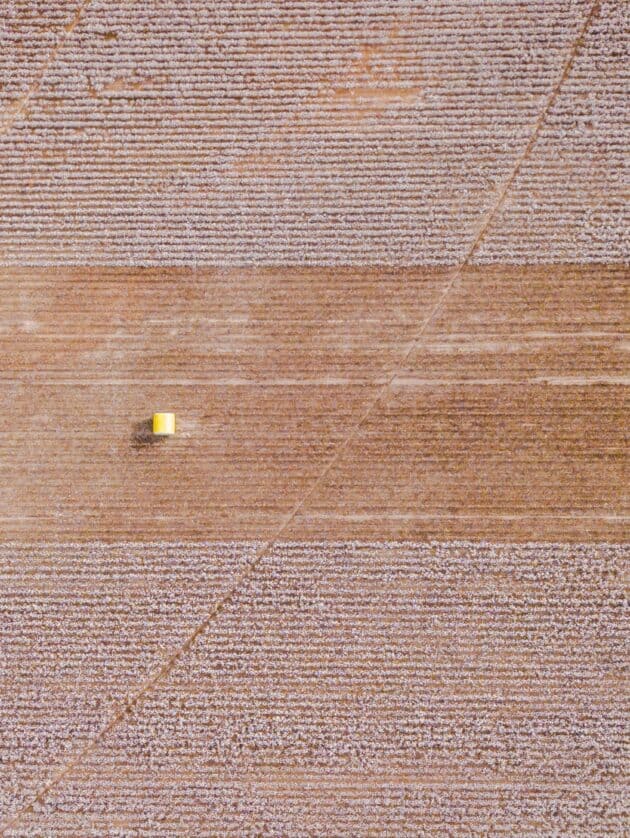
Support farmers as they improve their practices
In addition to sourcing materials certified to organic or other sustainability standards, companies can boost preferred cotton supply by investing in programs and initiatives that incentivize farmers to engage in more sustainable agricultural practices.
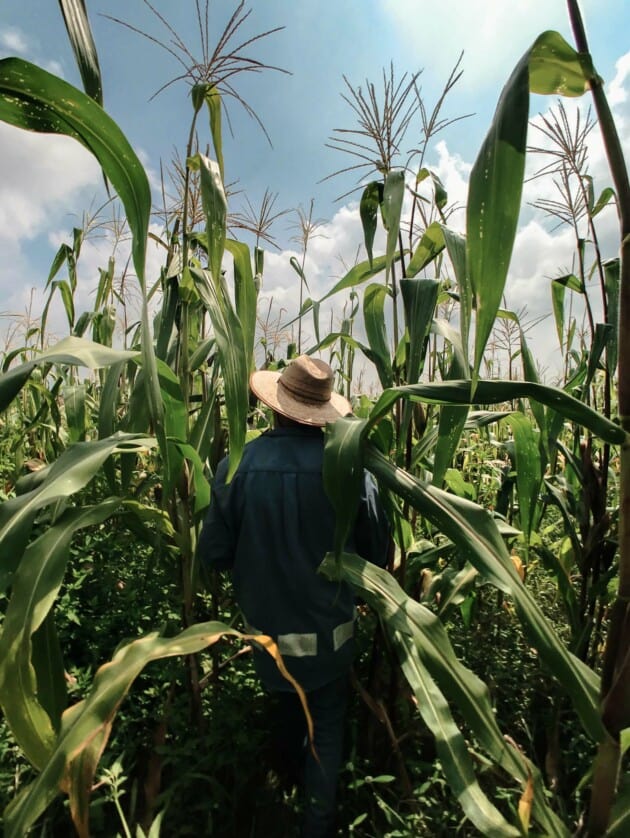
Invest in “in-conversion” cotton on the way to organic certification
Companies can support farmers converting to organic by investing in the cotton grown during the conversion period. This is called in-conversion or transitional cotton until fully certified. It’s a proactive way to share financial risks and opportunities with growers and incorporate organic cotton into the supply chain.

GET INVOLVED
Take the next steps in your sourcing journey
OCS, RCS & GRS
Our industry standards for organic and recycled fibers
Textile Exchange offers three voluntary chain of custody standards that can be used for cotton: the Organic Content Standard (OCS), the Recycled Claim Standard (RCS), and the Global Recycled Standard (GRS).
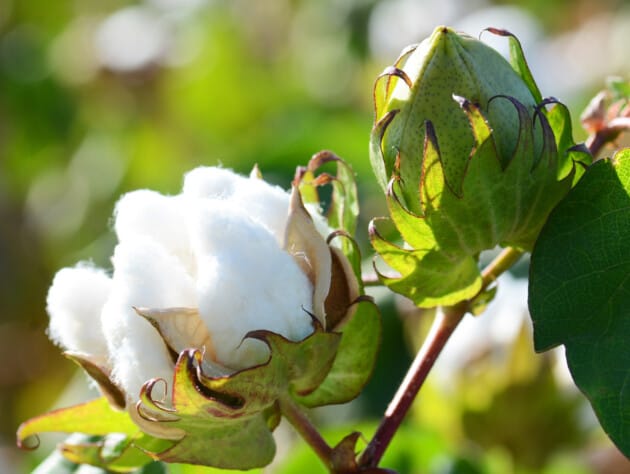
Materials Production Dashboard
Get the latest data
You can access our latest data on production volume for cotton in our Materials Production Dashboard.
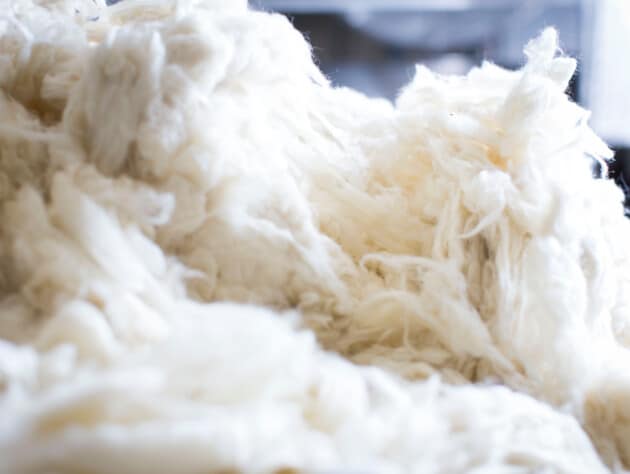
Frequently Asked Questions
If you have a question not answered here, get in touch with us directly, and we’ll be happy to answer it for you.
What is “in-conversion cotton?”
To grow any organic crop, including cotton, the land must go through a conversion period first, from the beginning of the conversion to organic management practices to the acceptance of crops as organic. The conversion period is usually two to three years, during which time farmers establish new organic management systems. You can find out more about in-conversion cotton here.
Do yields change during the in-conversion years?
Because farmers can no longer use quick fixes like conventional pesticides and synthetic fertilizers, they may experience a temporary drop in yields while they give their new organic systems the chance to develop healthy soils and adopt non-chemical pest management methods. Without support or longer-term guarantees of a market, converting to organic is a big risk for farmers. That’s why it is vital that farmers are supported in this time.
What is regenerative cotton?
There is no single definition of regenerative agriculture and no one-size-fits-all solution. Regenerative agriculture takes a holistic systems approach that has documented benefits related to biodiversity, climate resilience, water availability and quality, and livelihoods. Textile Exchange suggests that regenerative programs do not include the use of synthetic pesticides and fertilizers and move away from genetically modified seeds.